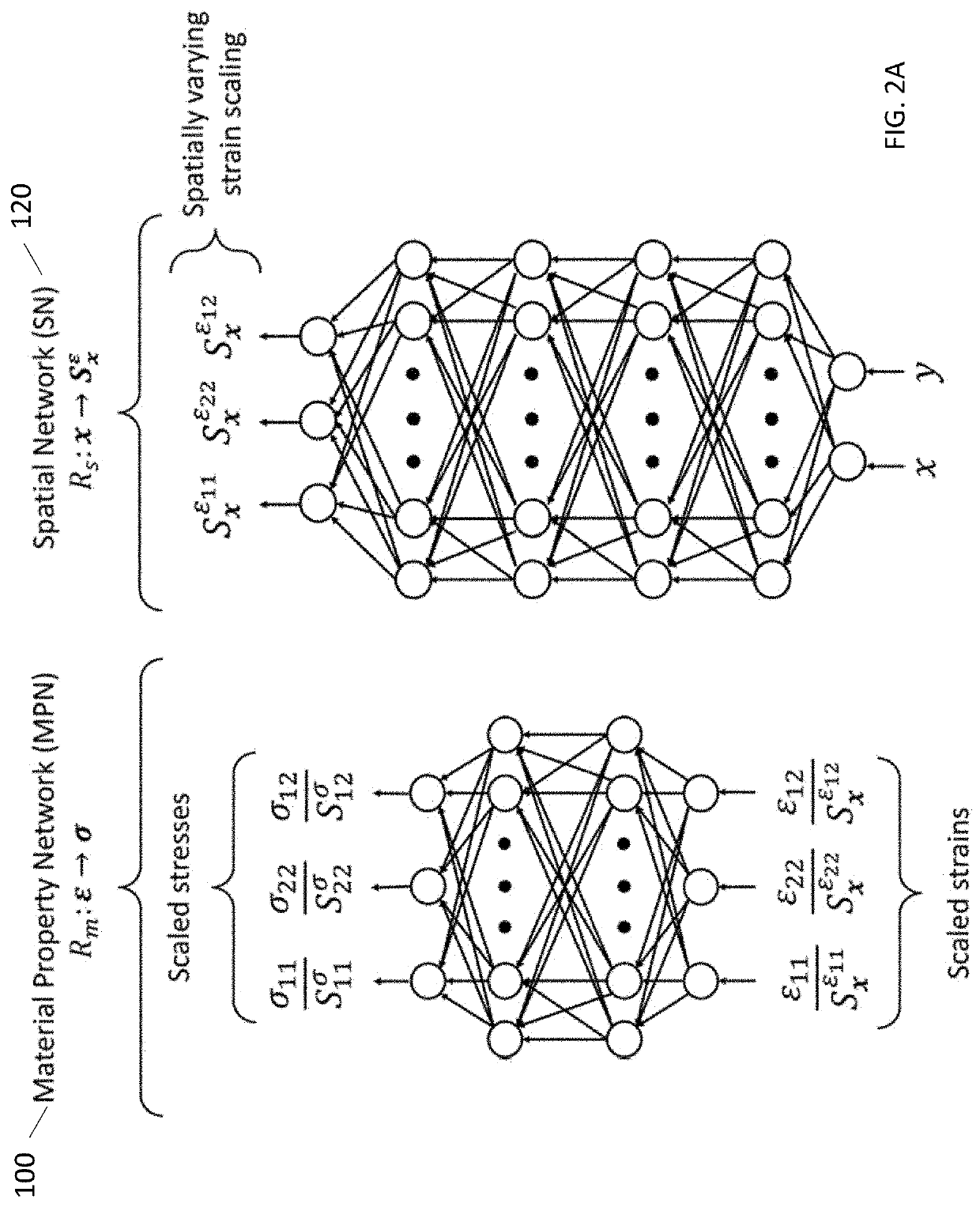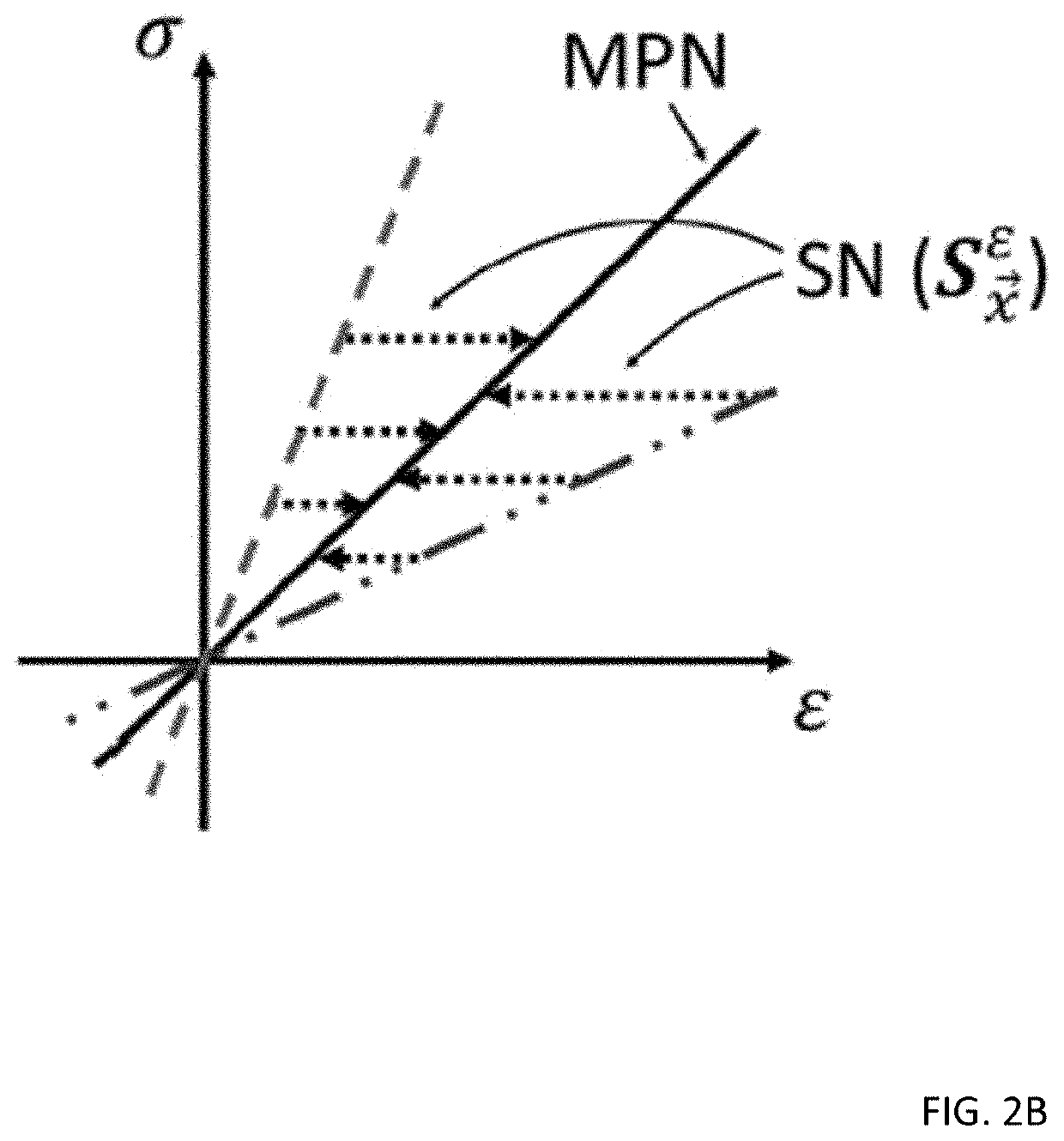Data-Driven Elasticity Imaging
- Summary
- Abstract
- Description
- Claims
- Application Information
AI Technical Summary
Benefits of technology
Problems solved by technology
Method used
Image
Examples
Embodiment Construction
[0035]Referring to the figures in detail, there is illustrated systems and methods for medical elasticity imaging in biological tissue using informational models to learn material property and geometric information about the tissue from force-displacement data. Estimating mechanical properties from measurement data constitutes the inverse problem in elastography. A goal for quasi-static elastography can be stated simply: given a set of force-displacement estimates and overall object shape, reconstruct the spatial distribution of mechanical properties. Time-varying force-displacement measurements are governed by the geometric and mechanical properties of the tissue and may provide diagnostic data relevant to cancer detection in the breast, liver and prostate, identifying atherosclerotic plaques, or treatment monitoring during high-intensity focused ultrasound or RF ablation.
[0036]The following description is provided as an enabling teaching as it is best, currently known. To this end...
PUM
 Login to View More
Login to View More Abstract
Description
Claims
Application Information
 Login to View More
Login to View More - R&D
- Intellectual Property
- Life Sciences
- Materials
- Tech Scout
- Unparalleled Data Quality
- Higher Quality Content
- 60% Fewer Hallucinations
Browse by: Latest US Patents, China's latest patents, Technical Efficacy Thesaurus, Application Domain, Technology Topic, Popular Technical Reports.
© 2025 PatSnap. All rights reserved.Legal|Privacy policy|Modern Slavery Act Transparency Statement|Sitemap|About US| Contact US: help@patsnap.com



